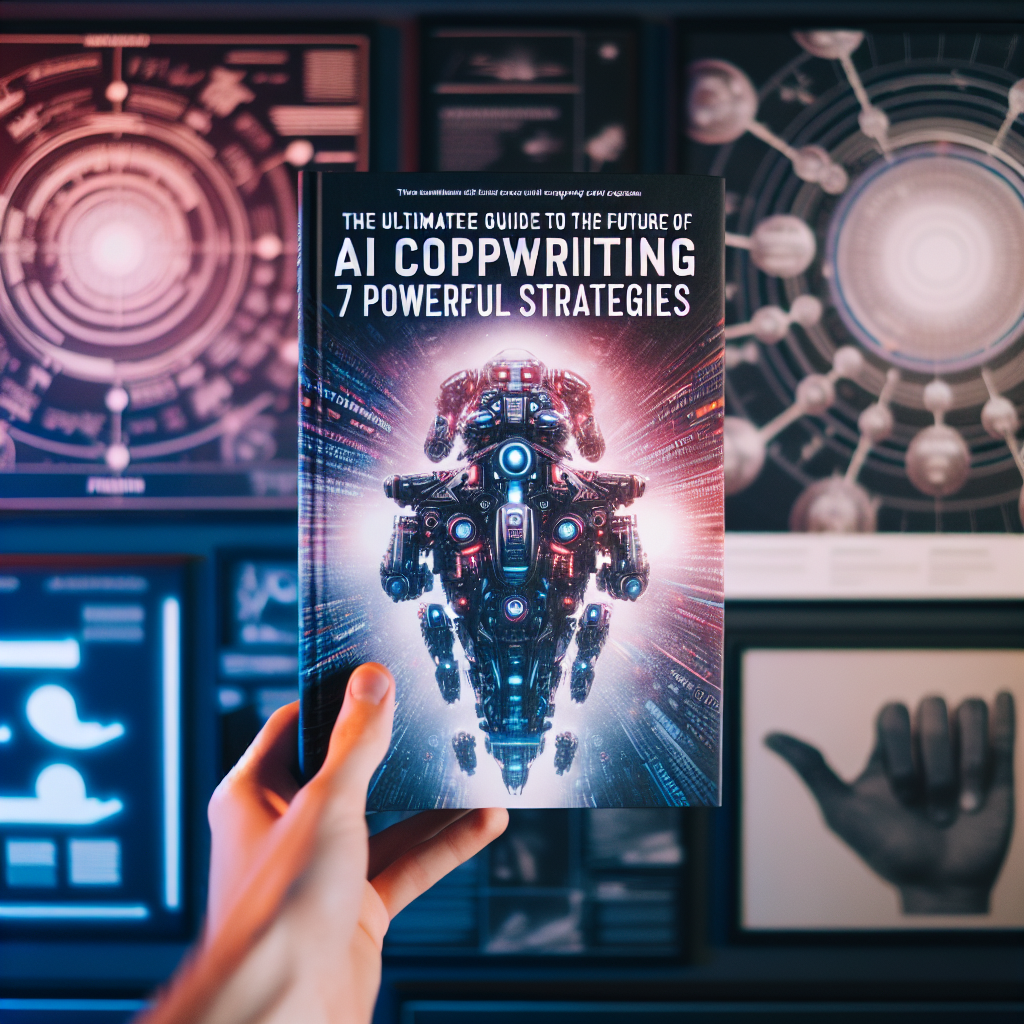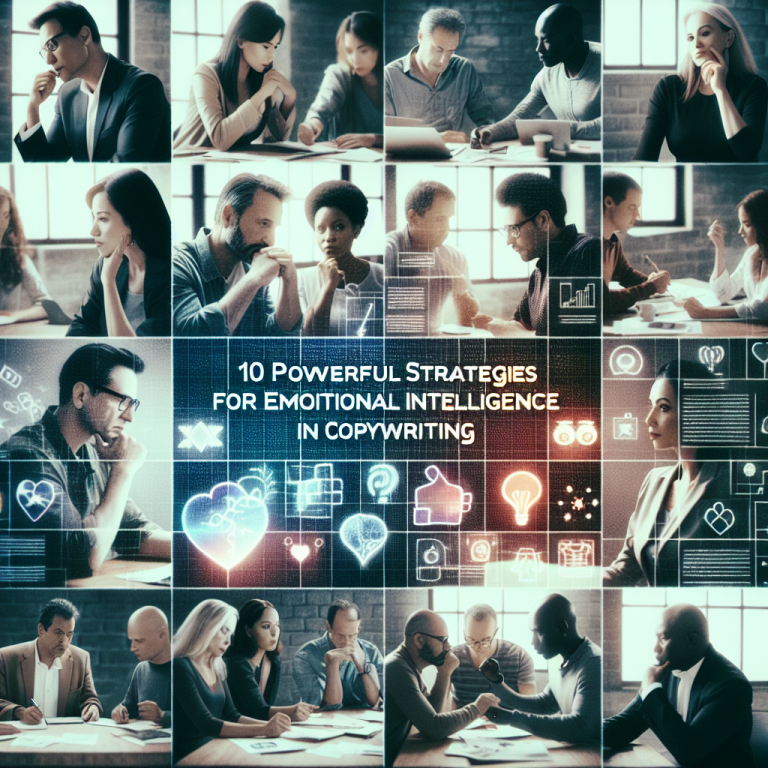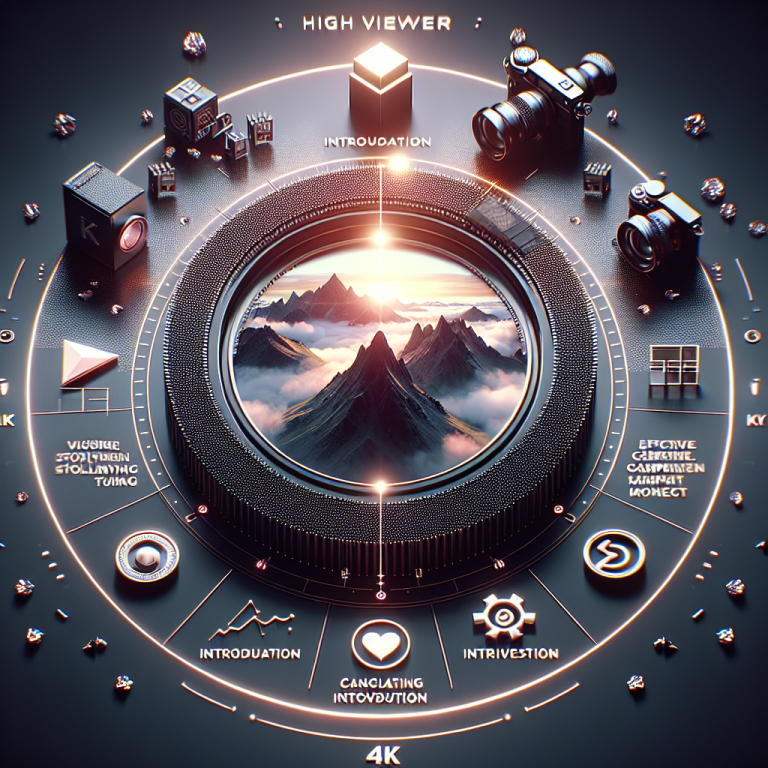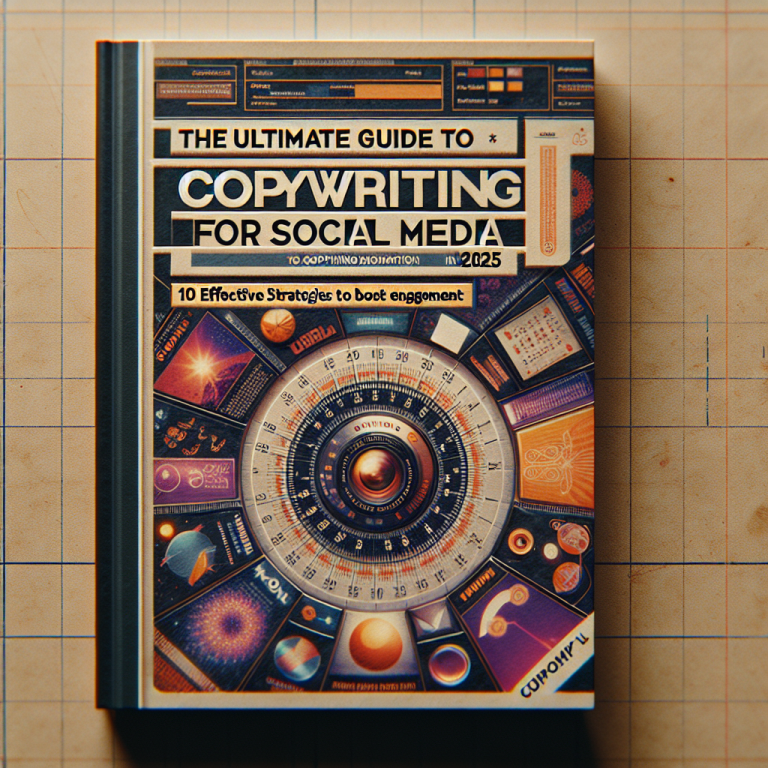The Ultimate Guide to the Future of AI in Copywriting 2025: 7 Powerful Strategies
- 1. Anticipated AI Trends in Copywriting for 2025
- 2. The Evolving Role of Copywriters in an AI-Driven Future
- 3. AI-Powered Personalization: Connecting with Your Audience
- 4. Natural Language Generation Improvements and Their Impact
- 5. Integrating AI into Overall Content Strategy
- 6. Ethical Considerations and Challenges in AI Copywriting
- 7. How to Ready Your Copywriting for 2025 and Beyond
1. Anticipated AI Trends in Copywriting for 2025
Emergence of Advanced Language Models
As we look towards 2025, one of the most notable trends shaping the future of ai in copywriting is the emergence of advanced language models. These AI systems are becoming increasingly capable of understanding context, nuance, and tone, making their outputs more human-like than ever before. Companies like OpenAI and Google are investing heavily in models that can generate highly engaging content with minimal oversight.
For copywriters, this shift means that AI can handle more complex tasks such as storytelling, emotional appeal, and brand voice consistency. Instead of replacing human writers, AI tools will serve as creative partners that amplify their capabilities. For example, AI-driven content generators can produce first drafts, allowing writers to focus on refining and adding a creative touch.
Research indicates that by 2025, over 75% of marketing content could be partially or fully generated by AI in some form. This highlights the importance of understanding these tools and leveraging them effectively. Staying current with trends will be critical for content creators aiming to remain competitive in the evolving landscape.
2. The Evolving Role of Copywriters in an AI-Driven Future
From Content Creators to Strategic Collaborators
The role of copywriters is transforming dramatically as AI becomes more integrated into the workflow. Instead of solely producing content, writers in 2025 will act more as strategists and editors, guiding AI tools to produce outputs aligned with brand goals. This shift requires mastering new skills such as prompt engineering and data interpretation.
Successful copywriters will focus on providing creative inputs, emotional intelligence, and brand personalityâareas where AI still struggles. They will also oversee the AI-generated content to ensure quality, authenticity, and alignment with ethical standards.
Case in point, businesses leveraging AI effectively see a reduction in content production time by up to 50%, allowing their teams to focus on strategy and innovation. The change is not about human vs. AI but about harmony and leveraging the strengths of both.
3. AI-Powered Personalization: Connecting with Your Audience
Customized Content at Scale
Personalization has always been a cornerstone of effective copywriting. In 2025, AI will take this to new heights by enabling hyper-personalized content tailored to individual preferences, behaviors, and even real-time interactions. This level of customization fosters deeper engagement and loyalty among audiences.
Utilizing AI analytics, marketers can craft dynamic messages that adapt based on user data, such as location, purchase history, or browsing habits. For example, an AI-powered email campaign can adjust subject lines and content based on recipient interests with near-perfect accuracy.
Practical tip: Use AI tools like customer data platforms combined with content management systems to automate personalized content delivery. This approach increases conversion rates and customer satisfaction, essential metrics in todayâs competitive market.
4. Natural Language Generation Improvements and Their Impact
Enhanced Creativity and Coherence
Natural Language Generation (NLG) technology is advancing rapidly, enabling machines to not only produce grammatically correct sentences but also creatively engaging narratives. This development means marketers can generate blog posts, product descriptions, and even scripts with minimal human intervention.
In 2025, these improvements will reduce content creation costs significantly, while maintaining high quality. For instance, brands like Shopify are already experimenting with AI-generated product descriptions that match their brand voice effortlessly.
Additional benefit: NLG algorithms are becoming better at understanding tone, humor, and emotional cues, making AI content more relatable and effective. Copywriters should focus on guiding these tools with clear prompts and style guidelines to maximize results.
5. Integrating AI into Overall Content Strategy
Data-Driven Content Planning
AI’s role in content strategy extends beyond writing. In 2025, it will be a vital component of data analysis, helping identify high-impact topics, optimal publishing times, and preferred content formats. This strategic use of AI ensures that content efforts directly align with audience interests and business goals.
Tools like predictive analytics and machine learning algorithms can analyze millions of data points to recommend content themes and distribution channels. This approach minimizes guesswork and maximizes ROI.
Pro tip: Establish a continuous feedback loop where AI insights inform content creation, and performance data refine AI models. This synergy will define successful content strategies in 2025 and beyond.
6. Ethical Considerations and Challenges in AI Copywriting
Navigating Authenticity and Bias
As AI takes on a larger role in copywriting, ethical questions become more prominent. Ensuring authenticity, transparency, and fairness in AI-generated content is critical. For instance, AI can inadvertently perpetuate biases present in training data, leading to potentially harmful or misleading content.
In 2025, copywriters and marketers must prioritize ethical guidelines, including clear disclosures when AI is used and rigorous bias testing. Implementing human review processes is essential to maintaining trust and credibility.
Developing a strong ethical framework not only mitigates risks but also positions brands as responsible and trustworthy. Regular training and staying informed about AI ethics are vital for success in this evolving landscape.
7. How to Ready Your Copywriting for 2025 and Beyond
Embracing Continuous Learning and Technology Adoption
To effectively prepare for the future of ai in copywriting, professionals must embrace lifelong learning. This includes staying updated on new AI tools, mastering prompt engineering, and understanding data privacy regulations.
Start experimenting with AI-powered platforms like Jasper, Copy.ai, or Writesonic, integrating these into your workflow gradually. Attend webinars, workshops, and industry conferences focused on AI in marketing to keep your skills sharp.
Practical advice: Build a collaborative environment where human creativity complements AI capabilities. Invest in training your team, and adopt a mindset open to innovation to stay ahead in 2025 and beyond.
Frequently Asked Questions about the Future of AI in Copywriting
Q1: What is the most significant change we can expect in the future of ai in copywriting?
The most significant change will be the advanced natural language processing capabilities that enable AI to produce highly coherent, contextually nuanced, and emotionally compelling content, transforming how brands communicate.
Q2: How can copywriters stay relevant with the rise of AI tools?
Copywriters should focus on developing skills in prompt engineering, strategic oversight, creativity, and ethics. Using AI as a partner rather than a competitor will help maintain relevance.
Q3: Will AI replace human copywriters entirely?
While AI will automate many routine tasks, human oversight, emotional intelligence, and strategic thinking remain irreplaceable. AI will augment, not completely replace, human copywriters by handling bulk tasks efficiently.
Q4: How is the future of ai in copywriting affecting ethical standards?
AI raises concerns about bias, transparency, and authenticity. As a result, professionals must implement strict ethical guidelines and ensure transparency to maintain trust with their audiences.
Conclusion
Understanding and preparing for the future of ai in copywriting is essential for staying competitive in 2025. AI will continue to evolve, offering exciting opportunities for personalization, efficiency, and creativity. However, success will depend on how well copywriters and marketers integrate these technologies responsibly and strategically. By embracing emerging trends and maintaining a focus on ethical standards, you can harness the full potential of AI for compelling, impactful content. Remember, the future of ai in copywriting is not just about automation; it’s about collaboration and innovationâso get ready to lead in this exciting new era.










